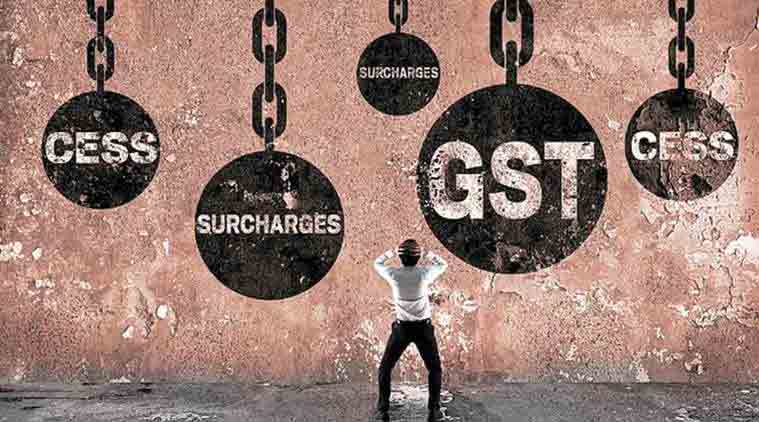
When you move goods worth more than 50,000 INR from one place to another, you need documents. This document is the E-Way bill that you may generate electronically. This system does away with the checking of goods at any state and they may move freely with only this one document. This is one of the biggest advantages of this E-Way bill system.
The first E-Way bill rule
There are many rules governing this system. The first of the E-Way bill rules covers those who may generate the bill. The people who may generate the bill include the following:
- The person is a registered taxpayer concerned with the transport of the goods worth more than 50,000 INR.
- The movement concerns the supply, reasons other than supply (such as return), or the person supplying is not registered.
- Being a registered person, the consignee of the goods, the consignor, or the transporter can generate the E-Way bill.
The waybill must contain a detailed confirmation of a few things. These include the place from where you are shipping the goods and the consignee name. It must also show the value of the goods and where it is going, the name of the consignor, route, and the tax amount.
Parts of the E-Way bill
The E-Way bill is a proof of movement of goods. You can generate it electronically. It has two parts Part A and Part B. Part B has the vehicle number that is the detail of the transporter. Part A has the GSTIN of the recipient and the value of the goods. It will mention the place of delivery and the HSN code. The other things mentioned include Invoice (or challan) number and date. It also has the transport document number and the reason for the movement of the goods.
When the value of the goods does not exceed 50,000 INR or the goods come under notified goods group, you need not furnish the E-Way bill. You need no E-Way bill if you use a non-motor vehicle for moving the goods. The other condition where you do not need the E-Way bill is when you move the goods from a port or air cargo or a similar storage place. You need not show the Part B of the bill if the consignor and the consignee live within 50 kilometers and in the same state.
Penalties payable under the system
Under the Section 122 of the CGST Act, 2017, you will have to pay a fine of 10,000 INR or the amount you aim to avoid as taxes if you do not provide the E-Way bill. You must issue the bill as per the Rule 138 of the CGST Rule. Under the Section 129, if the rules are not followed, they will detain the vehicle and seize the goods.
The Commissioner or any person appointed by him may check any vehicle to verify the validity of the E-Way bill. The physical verification of the vehicle will take place under a proper officer when they receive news of the evasion of taxes. All details of this search will remain recorded in the Form GST EWB-03.
Chris Mcdonald has been the lead news writer at complete connection. His passion for helping people in all aspects of online marketing flows through in the expert industry coverage he provides. Chris is also an author of tech blog Area19delegate. He likes spending his time with family, studying martial arts and plucking fat bass guitar strings.